By Samantha Sallade, Ph.D.
Dr. Sallade is a certified school psychologist who is experienced in evaluating children for autism and other neurodevelopmental challenges. She is the Director of Clinical Operations of As You Are, a virtual clinic dramatically increasing access to early autism diagnostic services through the use of exclusively telehealth appointments
If you’re concerned that your child might have a developmental delay, be on the autism spectrum, or have another neurological difference, you may have heard the terms “IEP” and “504.” But what are they, and how can they help your child? Here is a broad overview of what IEPs and 504 plans are. For more information, talk with your child’s teacher, who should be able to point you in the right direction.
What is an IEP?
IEP stands for individualized education program. It’s a legal document that outlines what special education services and support your child needs to succeed in the public school environment. It’s a detailed document that serves as a contract between your family and the school, and it’s administered in accordance with the Individuals with Disabilities Education Act (IDEA).
With an IEP, students get instruction that is tailored to their needs, strengths, and challenges. It outlines specific goals and metrics by which the school and the family will monitor progress toward those goals.
What’s the difference between an IEP and a 504 plan?
A 504 plan is a bit broader and has less formal requirements. A 504 plan seeks to ensure that an individual is not penalized or discriminated against due to their disability. It outlines any support or accommodations to the general curriculum that your child needs in order to participate successfully in the general education classroom. To be eligible, an individual must have a disability that “substantially limits one or more of such person’s major life activities.” 504 plans are also used for individuals who have a medical condition or disability that requires accommodations. In many cases, a person who does not qualify for an IEP can still qualify for 504 accommodations.
Remember: modifications vs accommodations! An IEP will provide changes or modifications to a child’s educational programing through special education whereas a 504 plan will provide support to a child within the general education setting. Another important distinction to note is that an IEP only applies to K-12 public school education, while a 504 can extend beyond K-12 if needed.
How do I get an IEP for my child?
The process of establishing an IEP for your child begins with an initial evaluation to assess your child’s specific areas of challenge and whether they are affecting your child’s educational development. There are two points that need to be identified as a result of an initial evaluation to qualify your child for an IEP. First, there must be evidence that your child has a disability as outlined under IDEA and state educational laws. Second, the child must demonstrate a need for special education services.
As a parent or guardian, you can request an IEP eligibility meeting with your child’s school. The evaluation process must be completed in a timely manner, so to start the clock, you should submit a meeting and/or evaluation request in writing. Your pediatrician can also write this request for you to submit to the school.
Parents, special education teachers, and school administrators work together to develop each child’s IEP, and as a parent, you should have significant input. If you have any questions or concerns throughout the evaluation process, don’t be afraid to contact your child’s teacher or school psychologist. Your input is vital in better understanding your child’s strengths and needs.
For additional resources, check out additional blogs



















